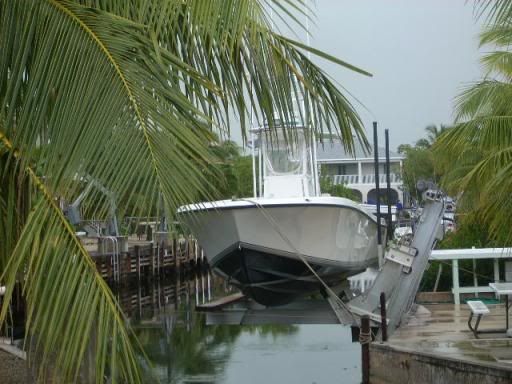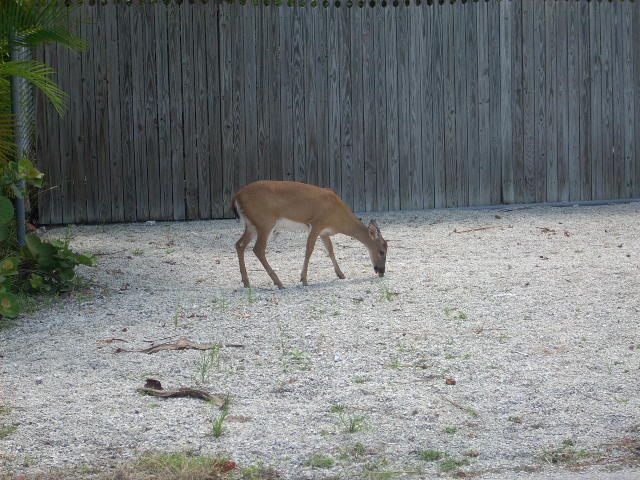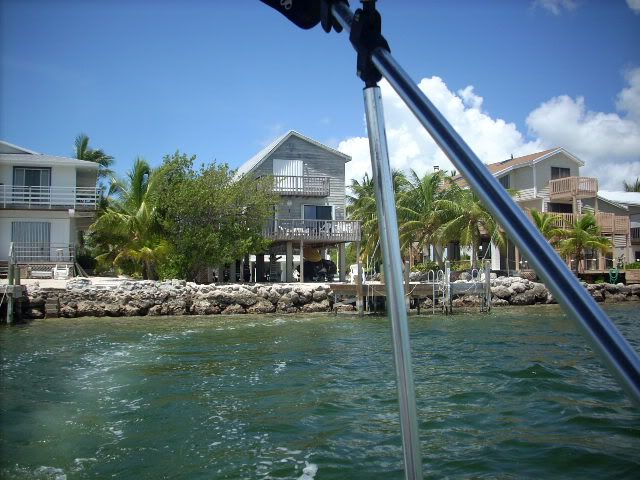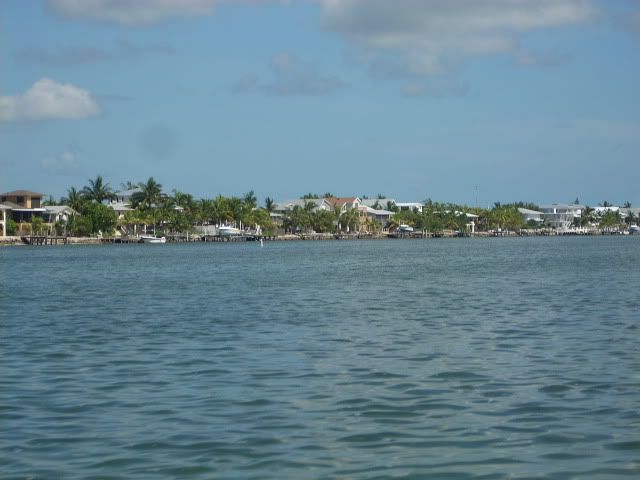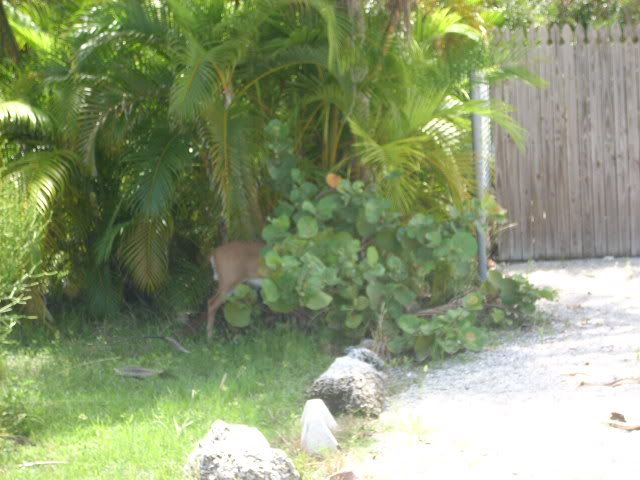LadyFish
Admiral
- Joined
- Mar 18, 2003
- Messages
- 6,894
How do we treat saltwater saturated soil for planting?
In mid-September our property suffered damage from Hurricane Ike. Our lawn and garden was under saltwater from the storm surge for about a week.
Right now there is nothing left but dirt and a few weeds that are struggling to come up. Although our palms did survive.
In the spring we will redo all of our landscape but don't want to plant in bad soil. Is there anything we can do now to prep the soil?
In mid-September our property suffered damage from Hurricane Ike. Our lawn and garden was under saltwater from the storm surge for about a week.
Right now there is nothing left but dirt and a few weeds that are struggling to come up. Although our palms did survive.
In the spring we will redo all of our landscape but don't want to plant in bad soil. Is there anything we can do now to prep the soil?




















